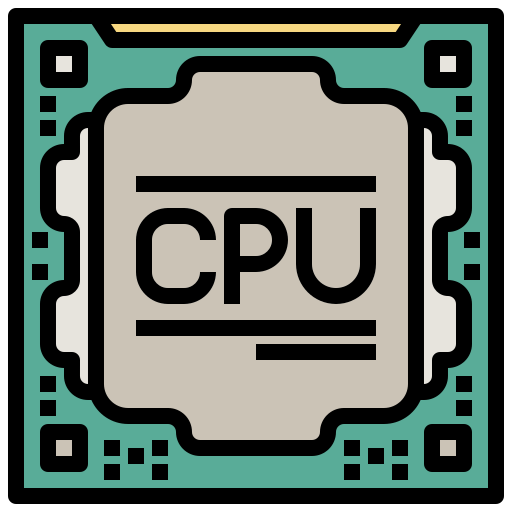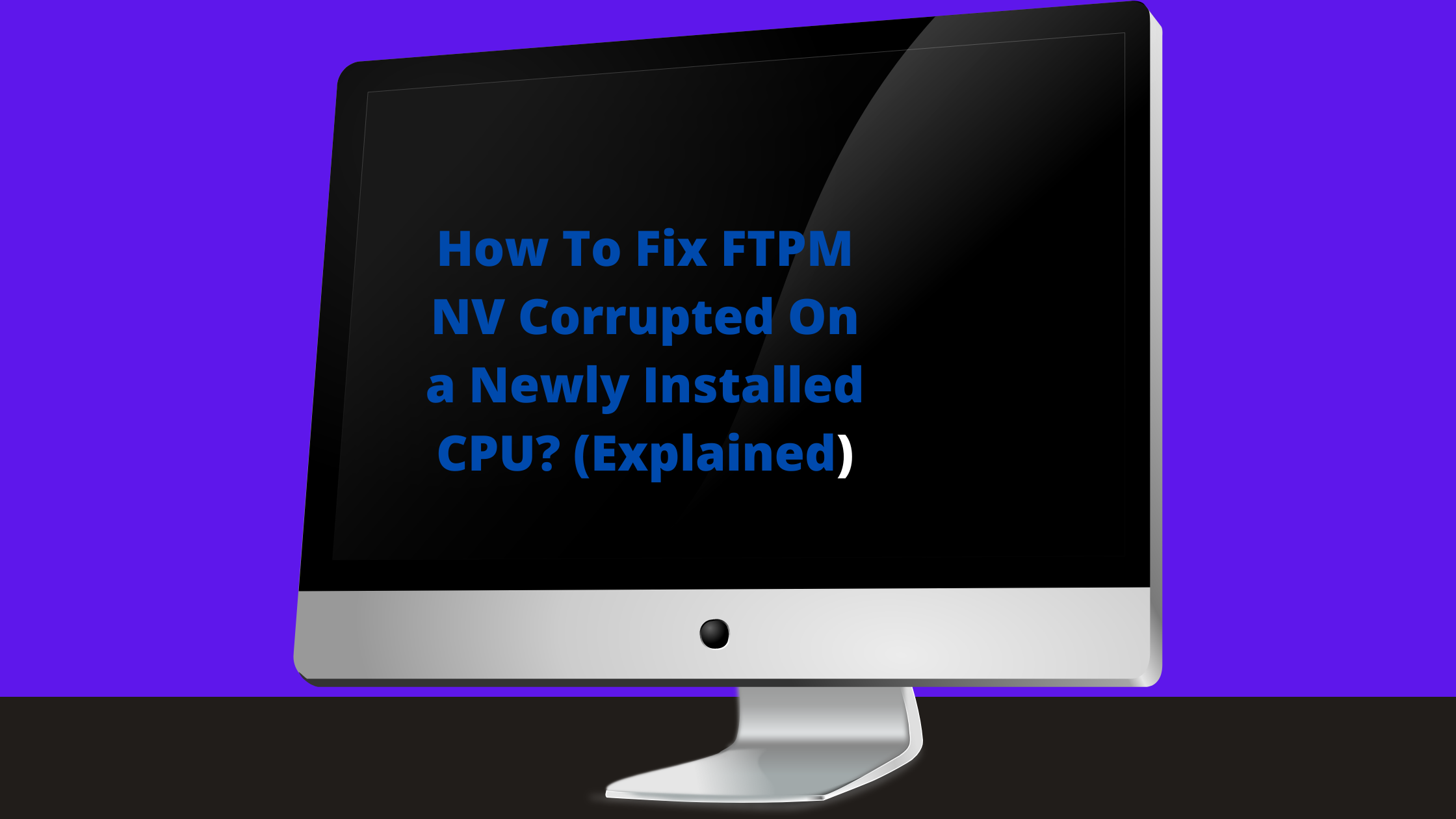If you have just installed a new CPU and it is showing signs of corruption, there are a few things you can do to try and fix the issue.
Make sure you have installed the latest drivers for your motherboard and CPU. If you have updated your drivers, then reinstall them again.
If that doesn’t solve the problem, you may need to backup your computer’s current configuration and restore it to factory settings.
In this article, you can get all the information related to How Do I Fix New CPU Installed FTPM NV Corrupted.
What is CPU FTPM?
CPU FTPM is a newly discovered vulnerability affecting Intel and ARM’s CPUs. It allows attackers to steal sensitive data from memory that would otherwise be inaccessible.
The vulnerability was discovered by researchers at the Graz University of Technology in Austria.
CPU FTPM takes advantage of a feature called “fault tolerance.” Fault tolerance allows CPUs to continue operating even when they encounter errors.
This feature is used by CPUs to recover from crashes, but attackers can also exploit it to steal data.
The researchers who discovered CPU FTPM say that it’s difficult to exploit, but they have released a proof-of-concept exploit that demonstrates how it can be helpful.
They also say that the vulnerability affects all CPUs made by Intel and ARM and is present in all versions of Windows, Linux, and macOS.
Here are some helpful tips to Fix the Ftpm NV Corrupted On Newly installed CPU:
- Updating Bios
- Disable Ftpm in Bios
- Dealing With Bitlocker
- Installed the Latest Drivers
- Reinstall Your Operating System
-
Updating Bios
Updating your BIOS is the key to fixing any issue you may be experiencing after installing a new CPU. If you are seeing an “Ftpm NV Corrupted” message when booting, updating your BIOS can help to resolve this.
- You must download the latest version from your motherboard manufacturer’s website to update your BIOS.
- After downloading the file, extract it to a USB drive.
- Boot into BIOS and select the USB drive as your primary boot device.
- The updates will then install automatically.
- Once they have finished, reboot your computer and check to see if the issue has been resolved.
- Please contact your motherboard manufacturer for further assistance if it has not.
-
Disable Ftpm in Bios
Several users have recently reported that their BIOS has been corrupted after installing a new CPU. It appears to be caused by some CPUs’ new FTPM NV feature. Fortunately, there is a way to disable FTPM NV and fix the BIOS.
To disable FTPM NV, you must enter the BIOS setup menu. Once there, look for an option called “FTPM NV” or something similar.
Disable this option and save your changes. Reboot your computer, and the BIOS should now be working correctly.
-
Dealing With Bitlocker
When you install a new CPU, FTPM NV corruption may occur. Bitlocker can be the step to fix it. Follow these steps to enable Bitlocker on your PC:
- Open Control Panel and search for “Bitlocker.”
- Click “Manage Bitlocker” and select “Turn on Bitlocker.”
- Choose how you want to unlock your device and click “Next.”
- Choose a recovery password and save it somewhere safe.
- Click “Start Encryption” and wait for the process to finish.

-
Installed the Latest Drivers
If you are experiencing issues with your new CPU, such as system freezing, the issue is likely related to the drivers.
Installing the latest drivers is often the step to fix these problems. If you have recently installed a new CPU and are experiencing problems, check the drivers and install any updates.
-
Reinstall Your Operating System
If you are reading this, it means that the new CPU you installed caused your operating system to become corrupted.
Fear not, however, as reinstalling your operating system is often the quickest and easiest way to fix the issue.
Before beginning the re-installation process, back up any critical files, you may have on your computer. It includes documents, photos, and other files that are important to you. Once you have backed up your files, you can begin re-installation.
There are a few ways to reinstall your operating system. One way is to use a recovery disk or USB drive. Another way is to use a CD or DVD of the operating system’s installation files..
What are the Main Issues that Cause Ftpm to be Corrupted?
Many potential issues can cause FTPM to be corrupted. However, some of the main ones are listed below.
- One issue is when the FTPM file is not closed correctly. It can lead to corruption if multiple users are accessing the file simultaneously.
- Another common issue is when there is a problem with the storage device or media on which the FTPM file is saved. It can lead to data loss or corruption if the device fails or becomes inaccessible.
- Problems with the operating system can also cause FTPM files to become corrupted. For example, if there is a power outage or a system crash, it could result in damage to the FTPM file.
- Lastly, incorrect user actions can also lead to FTPM corruption. For example, if someone tries to edit a file that is in use by FTPM, it could result in corruption.
Final Thoughts
In conclusion, the FTPM NV corrupted after you can fix a new CPU installation by disabling the FTPM NV in the BIOS and then re-enabling it.
If this does not work, the FTPM NV can be removed from the motherboard and replaced with a new one.
Related article:

